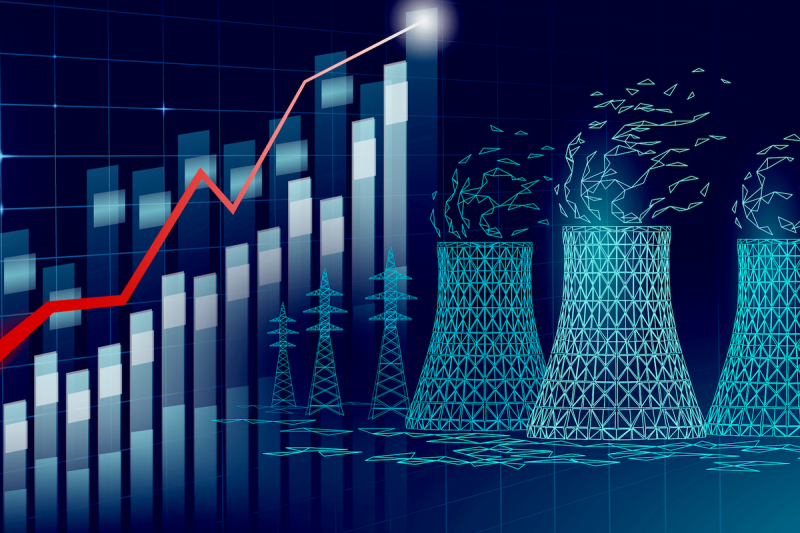The United States Plans to Triple Nuclear Power Capacity by 2050: A Sustainable Energy Solution
Expanding nuclear power capacity has emerged as a strategic goal for the United States, as the nation seeks to diversify its energy sources while reducing carbon emissions. The announcement to triple nuclear power capacity by 2050 marks a significant shift towards a more sustainable energy future. This ambitious plan, if executed effectively, has the potential to address several pressing challenges related to energy security, climate change, and economic development.
One of the key driving factors behind the decision to increase nuclear power capacity is the urgent need to transition to cleaner energy sources. With concerns over climate change growing and the call for reducing carbon emissions becoming more urgent, nuclear power offers a low-carbon alternative to traditional fossil fuels. By tripling its nuclear capacity, the U.S. aims to significantly reduce its greenhouse gas emissions, contributing to global efforts to combat climate change.
Moreover, expanding nuclear power capacity aligns with the goal of enhancing energy security and reducing dependence on imported fuels. Nuclear power provides a reliable and constant source of energy, which can help stabilize the national grid and reduce vulnerabilities associated with fluctuations in oil and gas prices. By increasing domestic nuclear capacity, the U.S. can strengthen its energy independence and enhance its resilience to disruptions in the global energy market.
Furthermore, the plan to triple nuclear power capacity by 2050 is expected to stimulate economic growth and create new employment opportunities. The construction and operation of nuclear power plants require a skilled workforce, offering job prospects in various sectors such as engineering, construction, and maintenance. Additionally, the expansion of nuclear power capacity can drive innovation in the nuclear industry, leading to the development of advanced technologies and practices.
However, the ambitious goal of tripling nuclear power capacity also raises several challenges that need to be addressed. One of the primary concerns associated with nuclear energy is the issue of safety and security. Ensuring the safe operation of nuclear power plants, as well as the secure handling and disposal of nuclear waste, remains a critical priority. Strict regulatory oversight and robust safety measures are essential to prevent accidents and mitigate potential risks.
Moreover, the cost implications of expanding nuclear power capacity are significant, requiring substantial investments in infrastructure and technology. The capital-intensive nature of nuclear projects, coupled with long lead times for planning and construction, poses financial challenges that need to be carefully managed. Additionally, public perception and community acceptance of nuclear power plants can also influence the implementation of the plan.
In conclusion, the United States’ plan to triple nuclear power capacity by 2050 represents a bold step towards a more sustainable and secure energy future. By leveraging nuclear power as a low-carbon alternative, the U.S. aims to reduce greenhouse gas emissions, enhance energy security, and promote economic growth. However, the successful implementation of this plan will require addressing various challenges related to safety, cost, and public acceptance. With careful planning and collaboration between stakeholders, nuclear power can play a crucial role in shaping a cleaner and more resilient energy landscape for future generations.
